A team of Stirling scientists are on a mission to make the fish that reaches the nation’s dinner tables more nutritious and sustainable.
Blue Food Performance was founded by Stirling University alumni Wesley Malcorps and Stephanie Horn, who met while studying for their aquaculture PhDs.
Working from farm to fork, the new business looks at how to make seafood – in particular salmon, trout and seabass – healthier and better for the environment.
It offers producers across the UK and around the world a range of cost-effective assessments and solutions – backed by real science.
World of sustainability ‘like the Wild West’
“We discovered the world of sustainability is a big show,” chief executive Wesley, 34, explained.
“Anyone can claim anything in the seafood industry because there isn’t one, internationally-recognised certification or verification process – it’s a bit like the Wild West.
“We provide independent, transparent, and scientifically verified blue food sustainability assessments through a unique collaboration between academia and industry.
“By doing this, we help businesses achieve the goal that is right for them and the consumer.”
Blue Food Performance offers environmental, socio-economic, nutritional, and fish welfare assessments for seafood farms, fish processors and fish feed firms.
It provides support to enhance sustainability performance, such as decarbonisation, and offers bespoke services to validate sustainability claims.
It can even help gather data on fish stress.
Holistic approach
Lead analyst Stephanie, 35, said: “We help companies look at the whole picture and find areas to make changes – from new feeds to changing from diesel to solar panels.
“It’s about looking at things holistically.
“By focussing on one goal, such as reducing your carbon footprint, you can impact other vital areas such as water usage or feed quality.”
In recent years, some fish farms have replaced fish meal with plant ingredients such as soy, which has driven up the carbon footprint of the industry and reduced the omega-3 content in the fish.
Stirling-based Blue Food Performance, which is supported by the University of Stirling Enterprise Programme, is keen to change this.
Wesley added: “You now have to eat twice as much salmon to get the same level of omega-3.
“What we are doing will hopefully lead to improvements in the nutrients in fish.
“We don’t make recommendations as such, but we can help them learn the impact of each feed in terms of nutrition and carbon footprint.”
New tool will protect health of our oceans
Wesley and Stephanie used their own savings to launch Blue Food Performance but now have the backing of a US aquaculture investment firm.
The firm’s science adviser, Professor David Little, is deputy director at Stirling University’s Institute of Aquaculture.
In addition, the business has just launched a new tool to measure and optimise efficiency, known as FIFO (Fish In: Fish Out).
The tool offers seafood farmers and producers a quick way to manage how much wild fish they are using to feed farmed fish – reducing wastage and protecting the health of our oceans.

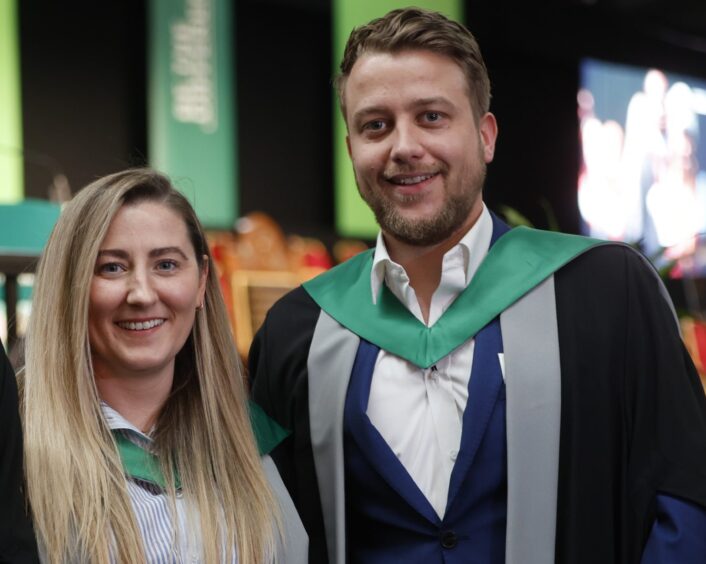
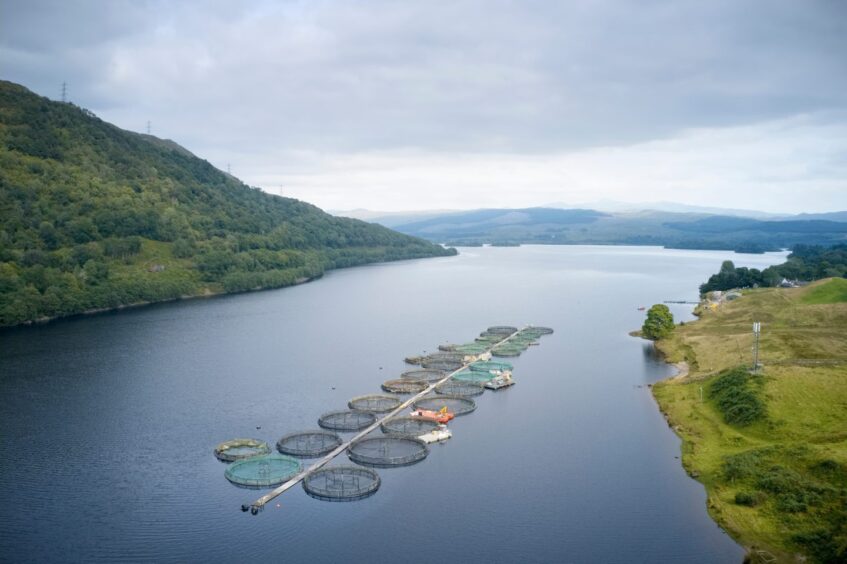
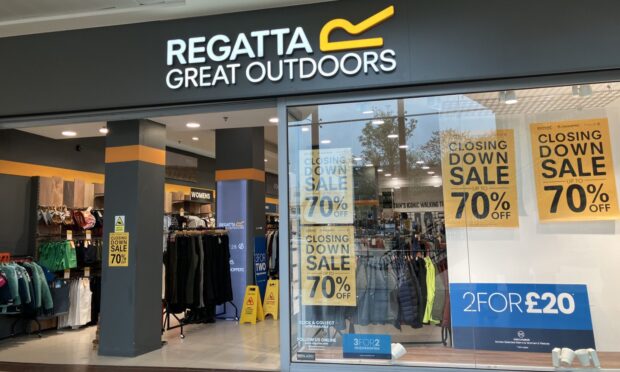
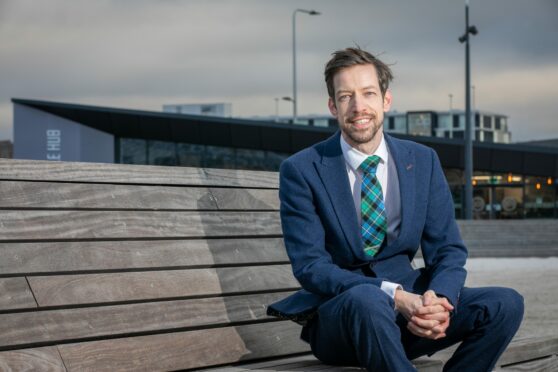
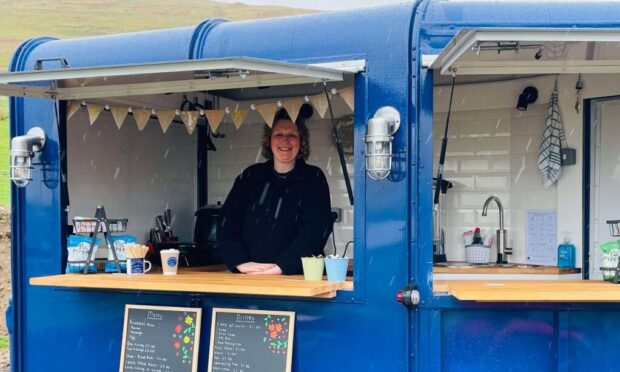
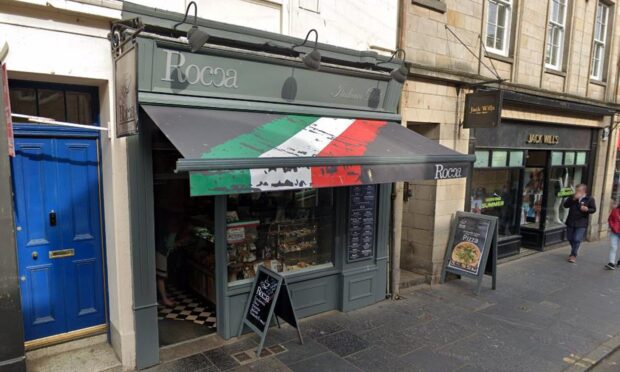
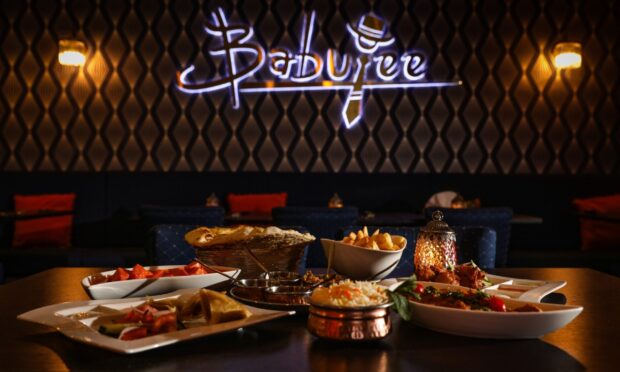
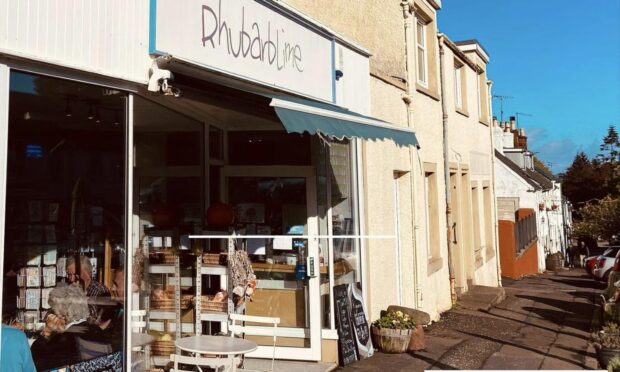
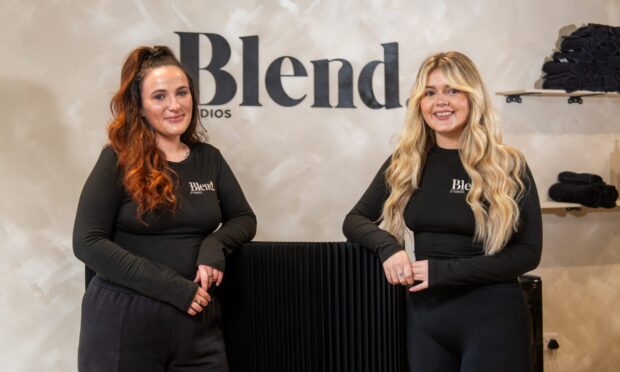
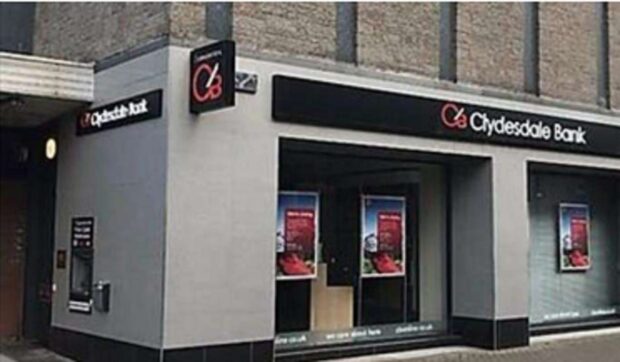
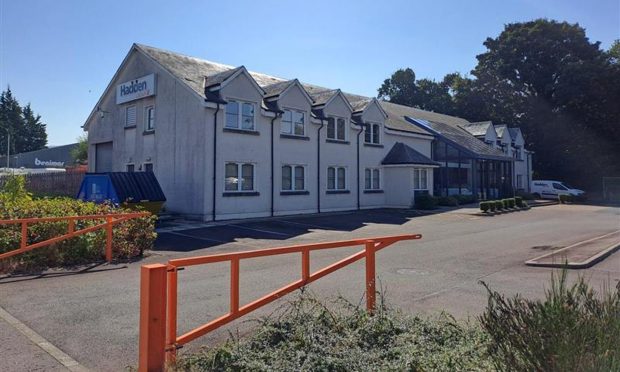

Conversation